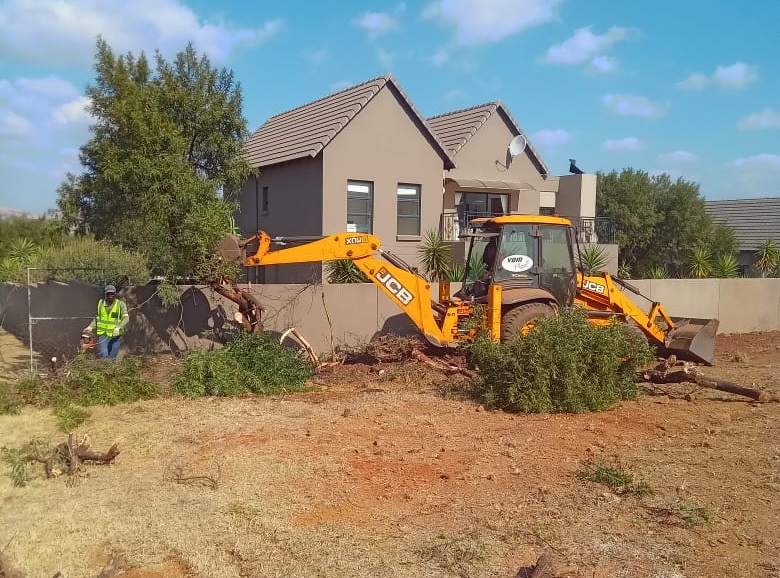
When it comes to construction projects, site clearance is one of the first and most crucial steps. It sets the stage for everything that follows, ensuring a smooth and efficient build process. But what exactly does site clearance involve, and why is it so important? Let’s dive in and explore the significance of this essential phase.
Creating a Safe Working Environment
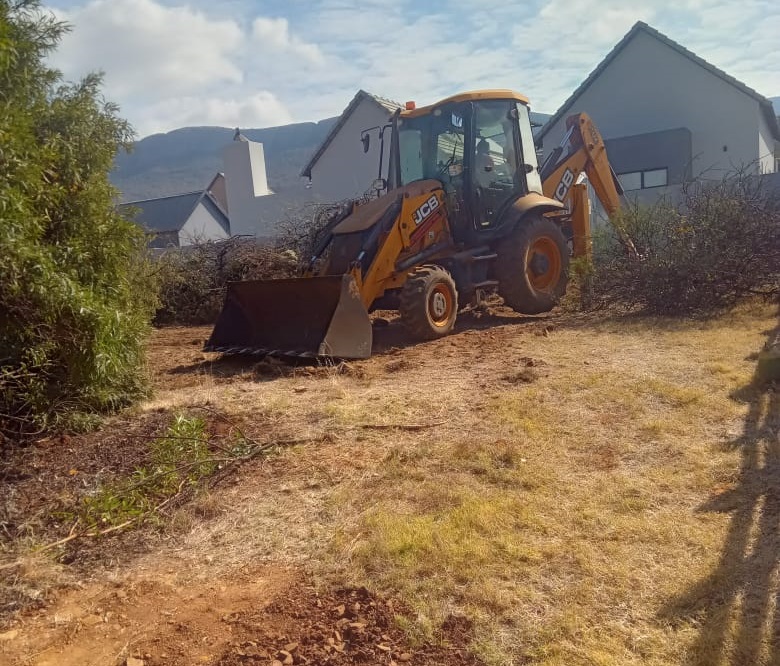
The primary objective of site clearance is to create a safe environment for construction workers and equipment. By removing debris, vegetation, and any existing structures, the site becomes free of potential hazards. This reduces the risk of accidents and injuries, ensuring that everyone involved in the project can work safely and efficiently.
Preparing the Ground for Construction
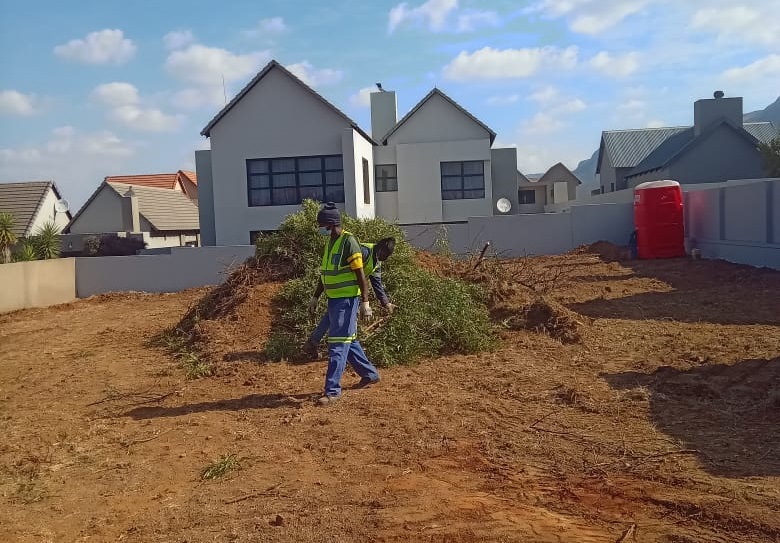
Before any building can begin, the ground must be prepared to support the new structure. Site clearance involves leveling the land, removing obstacles, and ensuring the soil is stable. This preparation is critical for laying a solid foundation, which is essential for the stability and longevity of the building. Without proper site clearance, the foundation could be compromised, leading to structural issues down the line.
Ensuring Compliance with Regulations
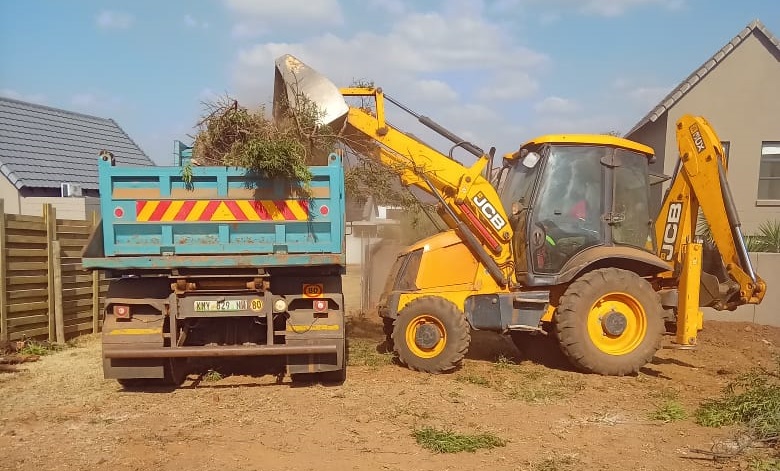
Construction projects must adhere to local regulations and codes, which often include requirements for site clearance. Compliance with these regulations is essential to avoid fines, legal issues, and project delays. Proper site clearance helps ensure that the construction site meets all necessary standards, allowing the project to proceed smoothly and legally.
Improving Accessibility
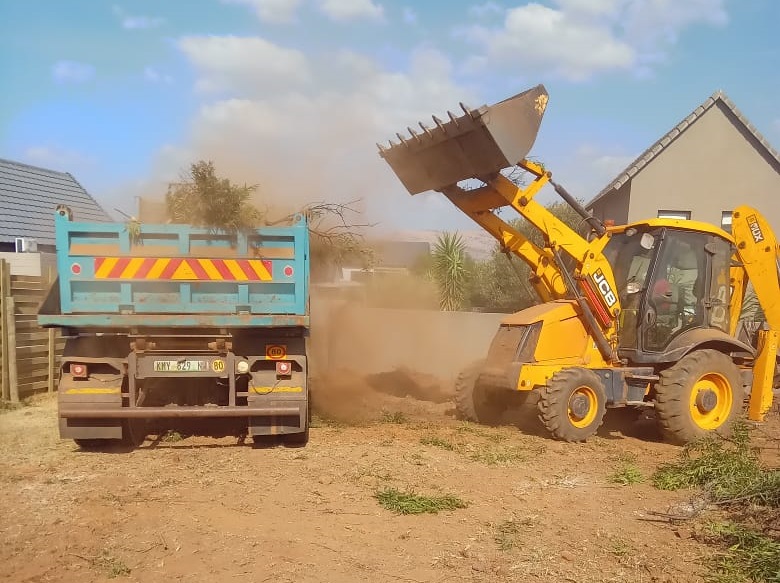
Site clearance also improves accessibility for construction equipment and personnel. Clearing the site of debris, overgrowth, and obstacles makes it easier for machinery to move around and for workers to navigate the area. This increased accessibility enhances efficiency, allowing the project to progress more quickly and smoothly.
Facilitating Proper Drainage
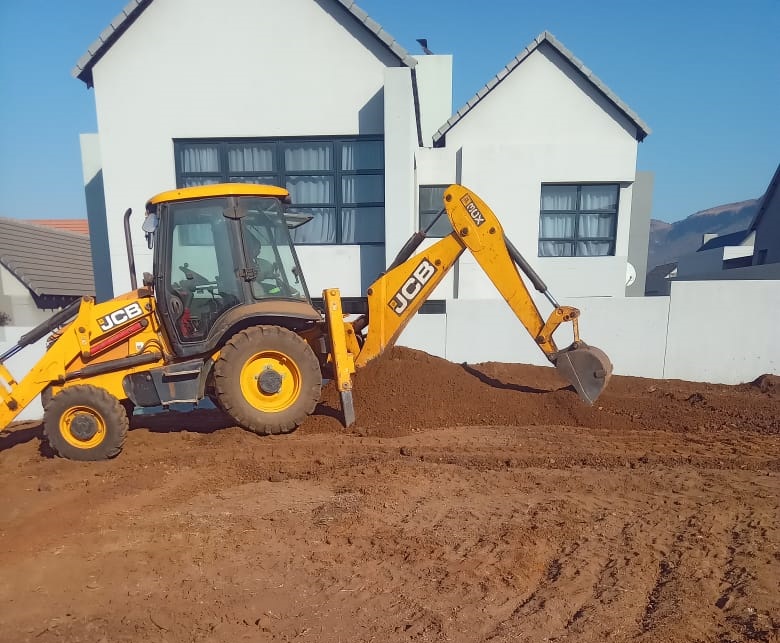
Effective drainage is crucial for any construction site. Site clearance often includes grading the land to ensure proper water runoff and prevent flooding. By managing drainage effectively, site clearance helps protect the construction site from water damage and soil erosion, which could otherwise compromise the stability of the building
.
Identifying and Mitigating Risks
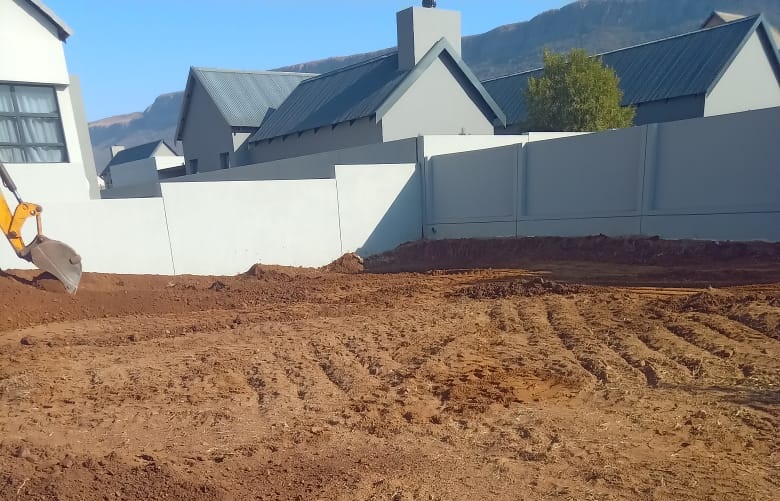
During the site clearance process, potential risks and challenges can be identified and addressed early on. This might include dealing with contaminated soil, unstable ground, or hidden obstacles. By tackling these issues at the beginning of the project, site clearance helps prevent delays and complications later on.
Enhancing Site Appearance
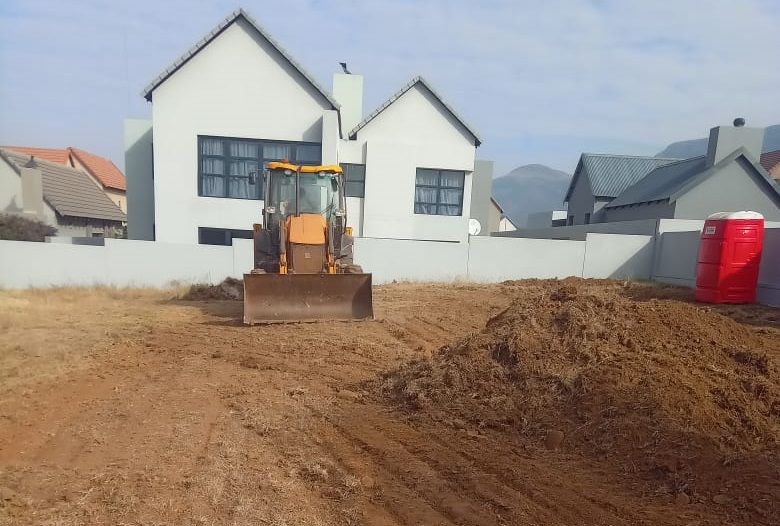
While safety and functionality are the primary goals, site clearance also improves the appearance of the construction site. A clean, well-organized site creates a positive impression on clients, stakeholders, and the local community. It demonstrates professionalism and attention to detail, which can enhance the reputation of the construction company.
Conclusion
Site clearance is a vital step in any construction project, laying the groundwork for success. By creating a safe and accessible environment, preparing the ground for a solid foundation, ensuring regulatory compliance, facilitating proper drainage, identifying risks, and enhancing site appearance, site clearance sets the stage for a smooth and efficient build process. Investing in thorough site clearance not only helps prevent issues down the line but also contributes to the overall success and professionalism of the construction project.
Next time you see a cleared construction site, remember that it’s not just a space—it’s the foundation of a well-planned, safe, and successful build.
BUILDERS PRO Contractors can offer a fully comprehensive Site Clearance service, allowing our customers to deal with one company throughout their entire project. Get In Touch With Us Today




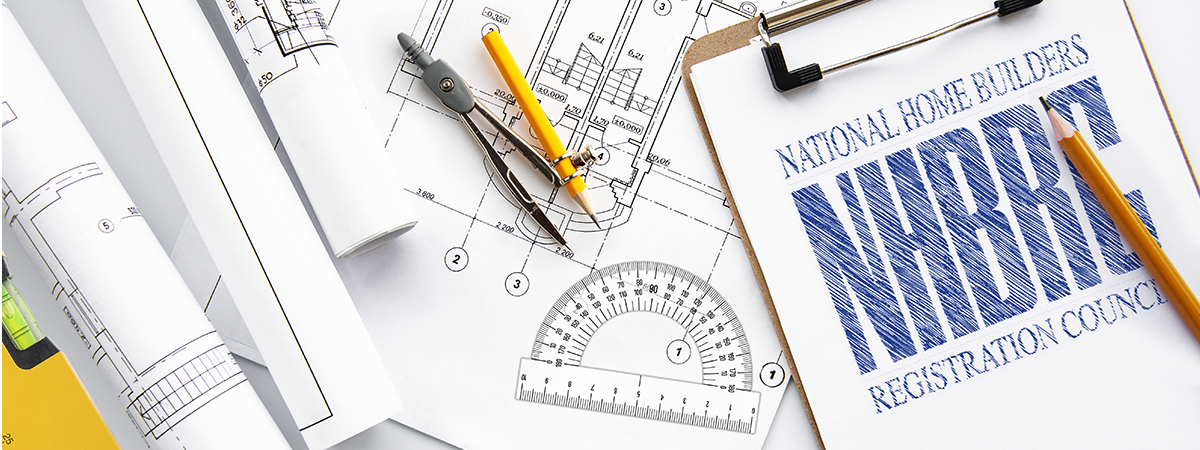
Leave a Reply